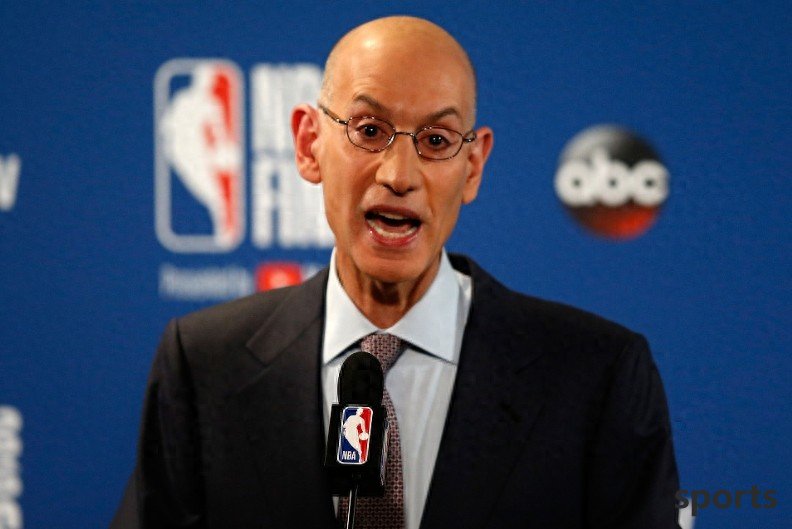NBA income failed to meet expectations! Players salaries collectively shrank
11:15am, 6 July 2025Basketball
The NBA internal financial documents exposed this week caused shock: the 2024-25 season is expected to have a basketball-related revenue (BRI) of US$10.25 billion, which failed to meet the expected target. This gap was directly exposed to the "custody fund" compensation mechanism in the labor-management agreement, and the player's salary pool was severely cut, with a total loss of astonishingly $480 million!

This is not an accidental operation, but a core rule agreed by the NBA League and the Players' Union in black and white. According to the labor and capital agreement, in order to ensure that the 51%:49% income share between the player and the team owner remains unchanged, the league will automatically temporarily deduct 10% of the player's salary every season and deposit it into a custodial account.
When the actual income of the season is lower than expected, the custody becomes a "regulating valve". The failure to meet the standard this time means that the player will only be able to receive 90.9% of his contract salary in the end. The majority of the 10% deducted did not return to the players' pockets - about 91% of the funds in the escrow account (i.e. more than $436 million) were directly returned to the bosses of each team, and only 9% were redistributed back to the players' groups.
After this cut, the league's maximum salary star was the first to be the "hard-hit area":
Stephen Curry (Golden State Warriors): With a league's highest salary of about $55.8 million, the loss was about $5.1 million. Although the loss ratio was the same, the absolute value was the highest.
Joel Embiid (Philadelphia 76ers) & Nikola Jokic (Denver Nuggets): Each lost about $4.7 million.
Bradley Bill (Phoenix Sun): Loss about $4.6 million.
Kevin Durant (Phoenix Sun): Loss about $4.5 million. The original intention of establishing the custody mechanism is to balance the interests of both labor and capital and ensure the financial health of the alliance. But is this distribution fair when more than 90% of the custody funds eventually return to the team and the player group bears almost the entire loss of income gap? Especially in the context of the possibility of lowering the salary cap expectations, affecting the players' overall income space in the future.
$480 million is not a cold number, it comes directly from the actual amount on the player's contract. When the league's revenue fell short of expectations, players became the first "cushion", and the team boss got back most of the "guarantees" through the custody mechanism. This financial adjustment, triggered by expected revenue, once again allocates the NBA's complex labor-management interests to the frontline, and also lays the groundwork for a new round of labor-management negotiations that may start in 2026. When the players looked at the shrinking payroll, it was probably difficult not to think: Is the rules of the game really balanced?
GreesGamesNext:ClutchPoints: KD s total score is about to surpass Jordan, but some people still underestimate him
Related Posts
- Rockets 50 million new forwards, recognized by Eastern Conference stars: he can t defend his shots at all
- Crazy matchup! Maxi hit 54+9 to set a 4-major record, and the Bucks had a career night with 32+14
- In the past 30 years, the team s first core has not won the FMVP, with Curry leading the way!
- The first center forward in the post-Yao Ming era, briefly sitting in the Rockets inside line, averaging 7.5+7 per game. Do you remember?
- After all, the shooting ability is pretty good. Shouldn t the Rockets really let the backup point guard rot on the bench?
- He blasted the Clippers with 55+12+6! Jokic had a crazy battle, and Harden left the game in despair with 23+8.
- 43 points + 40 points, counterattack from substitute to become the boss! He wants to rewrite the history of the championship!
- The media shouted Stone GOAT: The average height of the group is 2.04 meters, and the 6-man forward group is 6-man. Uduka can play 14-man rotation
- Xiaoli talks about the "Big Three": We have a good understanding and that was honed in the war
